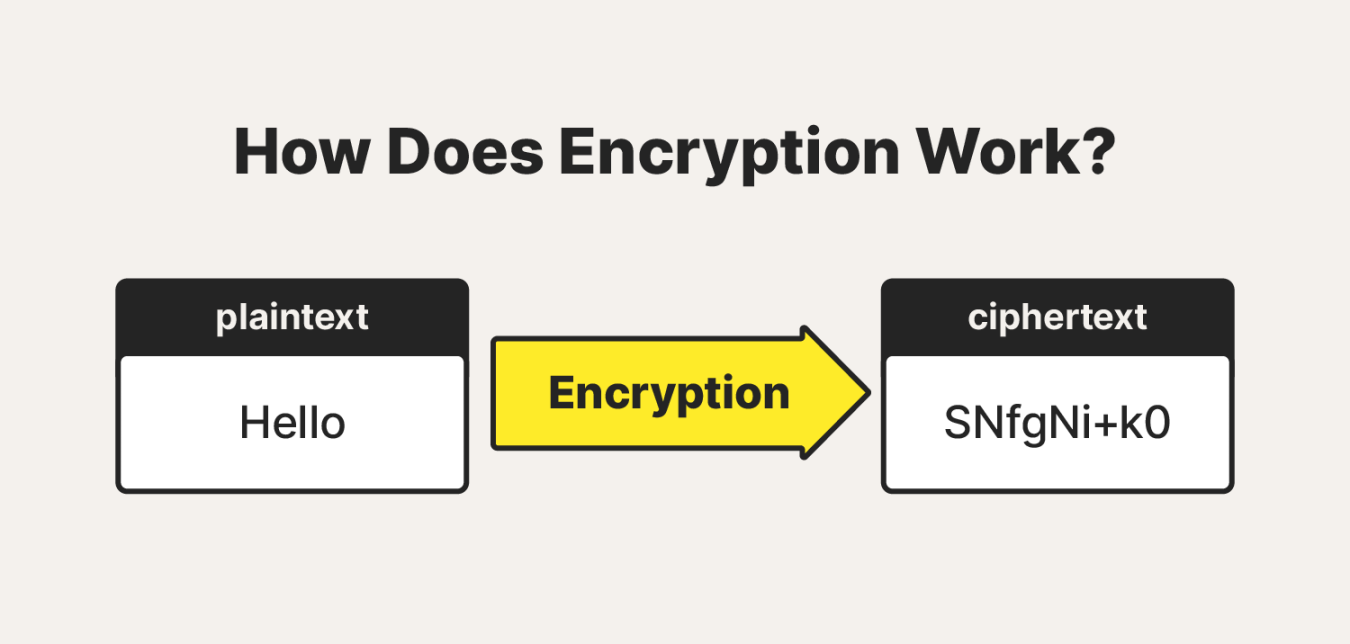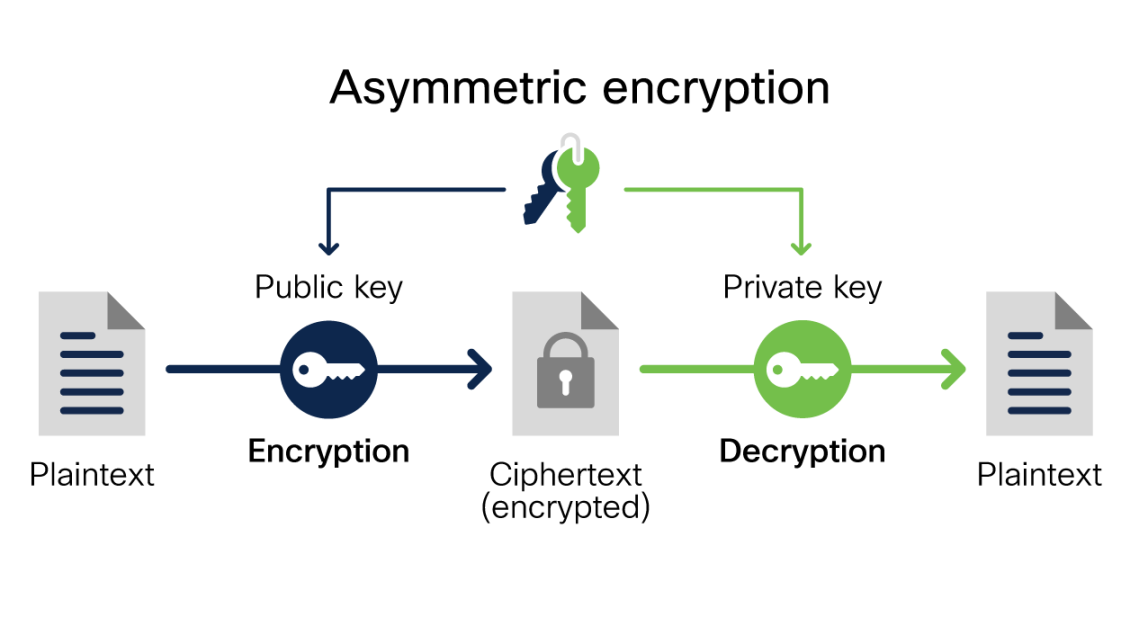Safeguarding Your Secrets: The Magic of Encryption
Have you ever wondered how secure your messages and data really are when you send them over the internet? With the increasing amount of cyber threats and data breaches, it’s more important than ever to protect your information. One of the most effective ways to do this is through encryption.
Encryption is like a magical cloak that disguises your messages and data, making them unreadable to anyone who doesn’t have the key to unlock them. It’s a powerful tool that can keep your secrets safe from prying eyes and cyber criminals.

So, how does encryption work its magic? At its core, encryption is the process of converting plain text into scrambled text, also known as ciphertext. This ciphertext can only be deciphered back into plain text by someone who has the key to unlock it. Without the key, the scrambled text is essentially gibberish, making it impossible for anyone to read or understand the original message.
There are two main types of encryption: symmetric and asymmetric. Symmetric encryption uses the same key to both encrypt and decrypt the message, while asymmetric encryption uses a pair of keys – a public key for encryption and a private key for decryption.
When you send a message using encryption, the recipient’s public key is used to scramble the message so that only they can decrypt it with their private key. This ensures that only the intended recipient can read the message, keeping it safe from interception by hackers or other malicious actors.

Encryption is used in a wide range of applications, from securing emails and instant messages to protecting sensitive data in online transactions. It’s also used to safeguard information stored on devices like smartphones and computers, ensuring that even if the device is lost or stolen, the data remains safe and inaccessible to unauthorized users.
To ensure the security of your messages and data, it’s important to use strong encryption algorithms and keep your encryption keys safe. This means choosing long, complex passwords for your keys and storing them in a secure location, such as a password manager or hardware security module.
In addition to using encryption to protect your own information, it’s also important to be aware of how encryption is used by websites and online services that you interact with. Look for websites that use secure HTTPS connections, which encrypt the data transmitted between your device and the website’s server.
By understanding the basics of encryption and taking steps to protect your messages and data, you can keep your secrets safe from prying eyes and cyber threats. So, the next time you send a message or make a transaction online, remember the magic of encryption and rest assured that your information is secure.
Unlocking the Secrets: A Beginner’s Guide to Encryption
In today’s digital age, keeping our messages safe and secure has become more important than ever. With the rise of cyber threats and hacking incidents, it’s crucial to understand the basics of encryption in order to protect our sensitive information. Encryption is a powerful tool that helps to safeguard our secrets and keep our communications private.
So, what exactly is encryption? In simple terms, encryption is the process of converting plain text into a coded format, known as ciphertext, to prevent unauthorized access to the information. This coded message can only be deciphered by someone who possesses the key to unlock it.
There are many different types of encryption techniques, but one of the most common methods is called symmetric encryption. In symmetric encryption, the same key is used to both encrypt and decrypt the message. This key is shared between the sender and receiver in order to keep their communication secure.
Another popular encryption method is asymmetric encryption, which uses a pair of keys – a public key and a private key. The public key is shared with anyone who wants to send a secure message, while the private key is kept secret and used to decrypt the message. This allows for secure communication without the need to exchange keys beforehand.
When it comes to keeping your messages safe, encryption plays a crucial role in ensuring the security and privacy of your communications. By encrypting your messages, you can prevent hackers and cybercriminals from intercepting and reading your sensitive information.
But encryption is not just for tech-savvy individuals or cybersecurity experts – anyone can learn how to use encryption to protect their messages. In fact, there are many user-friendly encryption tools and software available that make it easy for beginners to get started with encryption.
One popular encryption tool is Pretty Good Privacy (PGP), a software program that allows users to encrypt and decrypt their emails, files, and messages. PGP uses a combination of symmetric and asymmetric encryption to ensure the security of your communications.
Another widely used encryption tool is VeraCrypt, a free disk encryption software that helps to secure your files and data. VeraCrypt allows you to create encrypted containers or partitions on your computer, where you can store sensitive information securely.
In addition to encryption tools, there are also messaging apps and platforms that offer built-in encryption features to protect your conversations. Apps like Signal, WhatsApp, and Telegram use end-to-end encryption to secure your messages and calls, ensuring that only you and the intended recipient can access the information.
By taking the time to understand the basics of encryption and using encryption tools and software, you can keep your messages safe and secure from prying eyes. Whether you’re sending confidential emails, sharing sensitive files, or chatting with friends online, encryption can help to protect your privacy and ensure the confidentiality of your communications.
So, don’t wait any longer – start unlocking the secrets of encryption today and take control of your digital security. With encryption by your side, you can communicate with confidence and peace of mind, knowing that your messages are safe from harm.



